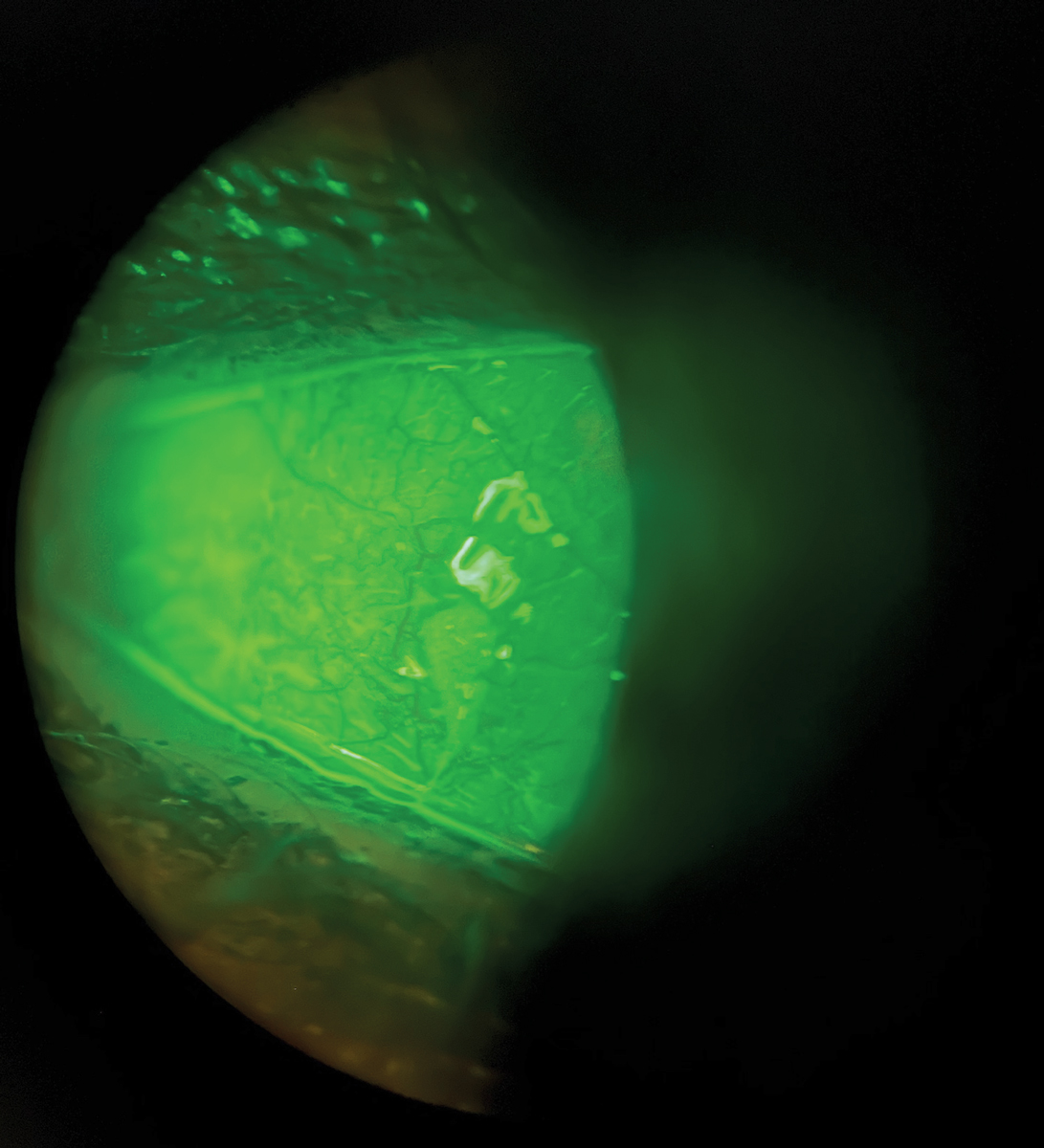 |
Dry eye and allergic conjunctivitis may commonly become comorbid conditions, research finds. Photo: Milton Hom, OD. Click image to enlarge. |
Dry eye (DE) and allergic conjunctivitis (AC) have many similarities, from shared pathogeneses and symptoms to risk factors and impact on quality of life. Considering this overlap, researchers recently investigated the prevalence of comorbid DE and AC in a systematic review and found that the two diseases commonly coexist and should be managed accordingly.
The review included nine articles with a total of 7,254 patients sourced from the PubMed and EMBASE databases. The researchers reported the following individual comorbidity incidences:
DE among AC patients: 0.9% to 97.5%
AC among DE patients: 6.2% to 38%
Additionally, a one-group meta-analysis using a random effects model found that nearly half of AC patients had DE and almost 20% of DE patients had comorbid AC.
The authors recommended careful screening for the counterpart disease and treatment for patients with these conditions to improve long-term outcomes and prevent chronic ocular damage in susceptible populations. This should be “followed by appropriate modification of treatment regimens to minimize the exacerbation of AC and DE,” they wrote in their paper.
Akasaki Y, Inomata T, Sung J, et al. Prevalence of comorbidity between dry eye and allergic conjunctivitis: a systematic review and meta-analysis. J Clin Med. 2022;11:3643. |


